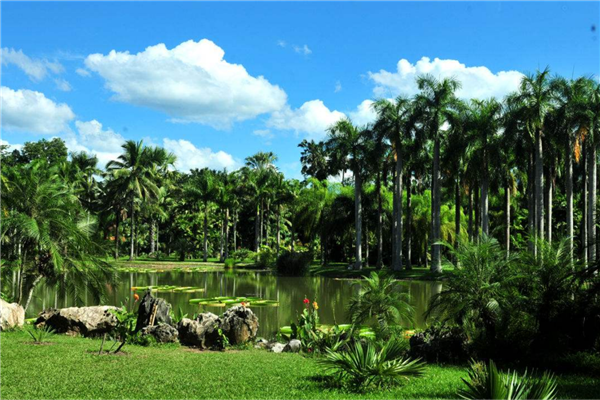Exploring the Significance of Cultural Housing in Sustainable Communities
Cultural housing is defined as a housing model that integrates the cultural practices and beliefs of a community into the design and construction of the housing. The concept has gained considerable interest in recent years, owing to its potential to create sustainable communities that are socially, culturally, and environmentally harmonious. Here, we explore the significance of cultural housing, its benefits, and the role it can play in shaping sustainable communities.
The Benefits of Cultural Housing
Cultural housing has several benefits. First and foremost, it promotes cultural sustainability by preserving the cultural heritage of a community, its traditions, and customs. The design of these housing units is based on the collective experience and local knowledge of the community members, resulting in a unique and culturally appropriate solution that addresses their specific needs and requirements.
Cultural housing also encourages social sustainability by creating a sense of community and enhancing social cohesion. It fosters trust, social interaction, and a sense of belonging, which are essential for creating resilient communities. These housing units are designed to be spacious, with common areas, courtyards, and public spaces that promote social interaction and mobility.
From an environmental standpoint, cultural housing offers several benefits as well. It is designed to be energy-efficient, with low-carbon-footprint materials, green roofs, and sufficient insulation. It promotes sustainable living by encouraging recycling, composting, and other environmentally responsible practices.
Case Studies on Cultural Housing
One example of cultural housing is the Taos Pueblo development in New Mexico. This development consists of multi-generational housing units that are constructed using traditional adobe building techniques. The housing units incorporate traditional features such as latilla ceilings, kiva fireplaces, and vigas, which are essential components of the Pueblo-style architecture. The development promotes sustainable living by utilizing passive solar techniques, such as positioning the buildings to maximize solar gain and providing thermal mass for temperature regulation.
Another example is the Kaktovik Inupiat Corporation (KIC) development in Alaska. The development is a culturally responsive housing project that caters to the needs of the Inupiat Eskimo community. The housing units are designed to address the severe weather conditions prevalent in the region, with sufficient insulation and airtight construction. The development incorporates traditional elements such as common areas, storage spaces, and cooking facilities, which enhance social interaction and promote cultural preservation.
Conclusion
Cultural housing is an innovative housing model that offers several benefits for sustainable communities. Its focus on cultural and social sustainability, environmental responsibility, and community engagement contributes to creating resilient communities. Cultural housing helps preserve cultural heritage, promotes social interaction and cohesion, and improves environmental sustainability. With its potential to create culturally appropriate, sustainable housing solutions, cultural housing can play a vital role in shaping the future of sustainable communities.
(Note: Do you have knowledge or insights to share? Unlock new opportunities and expand your reach by joining our authors team. Click Registration to join us and share your expertise with our readers.)
Speech tips:
Please note that any statements involving politics will not be approved.
